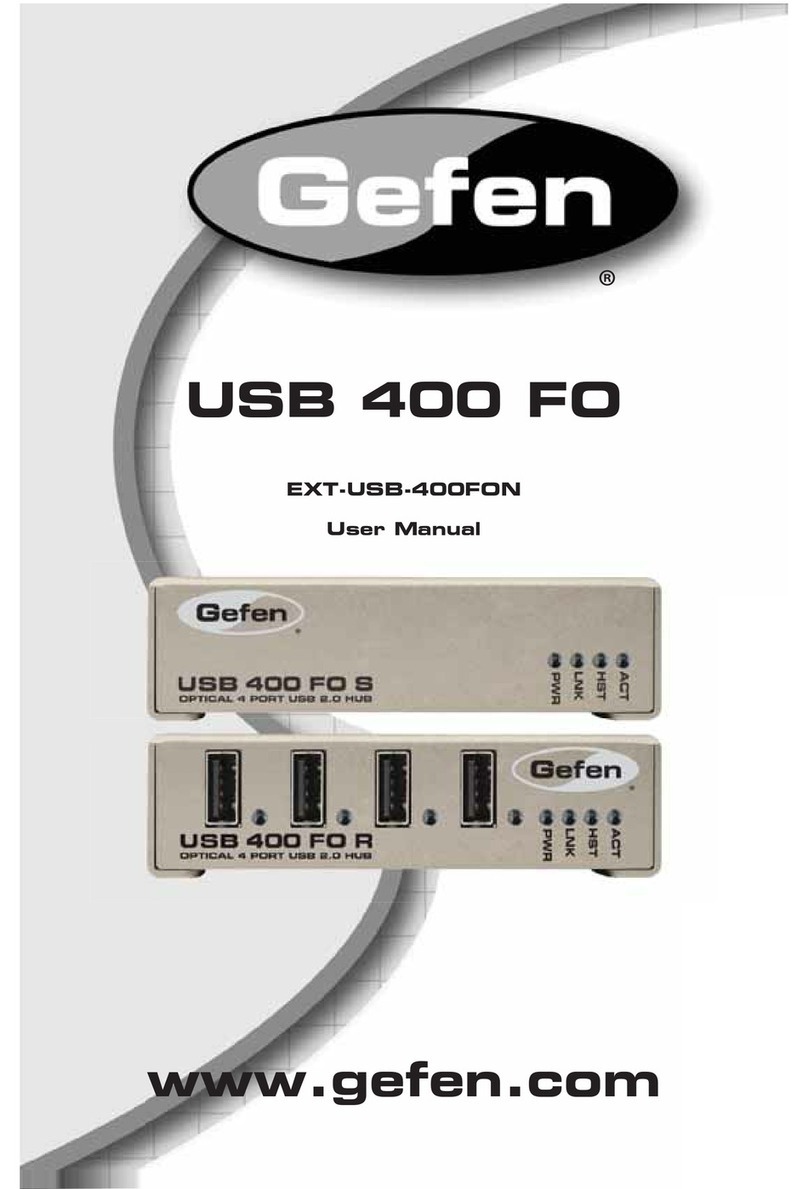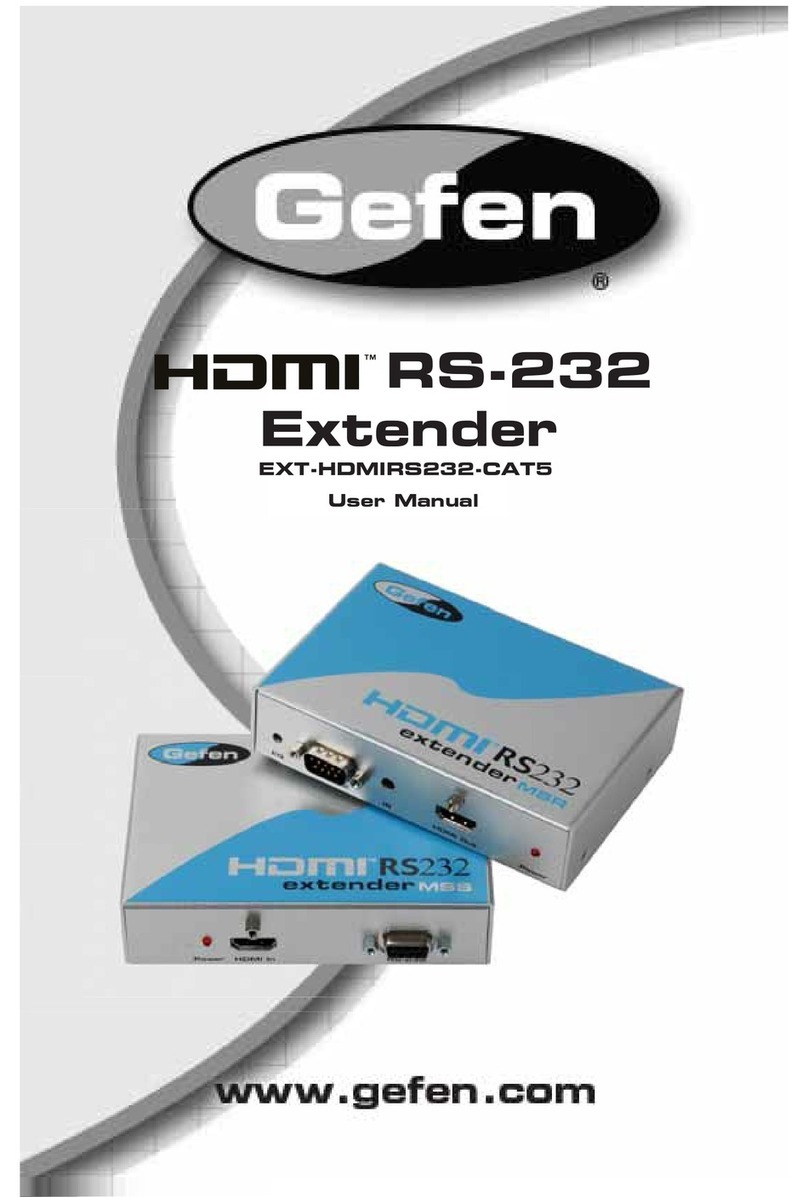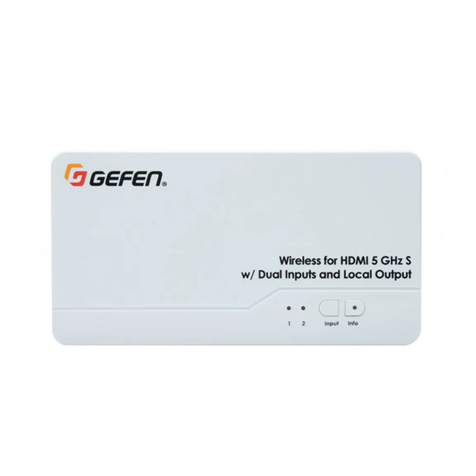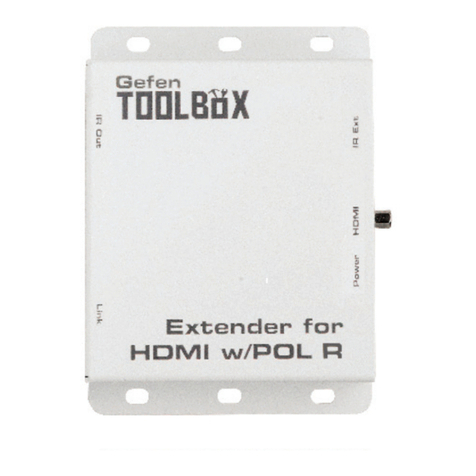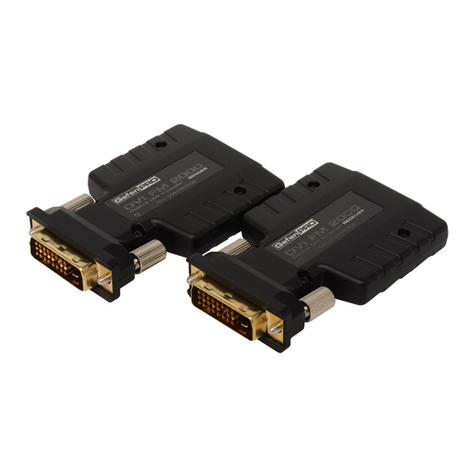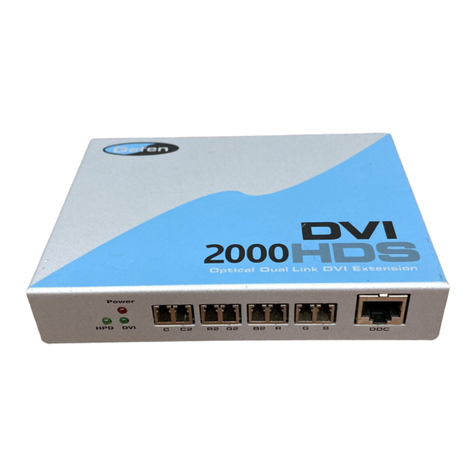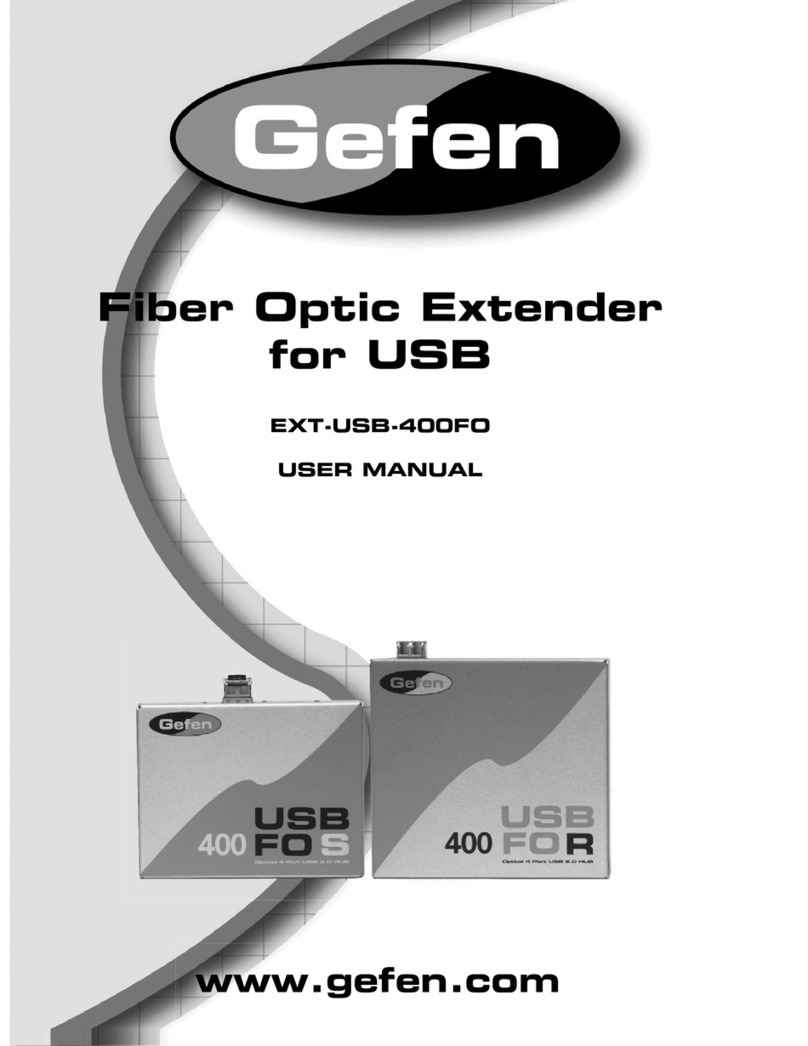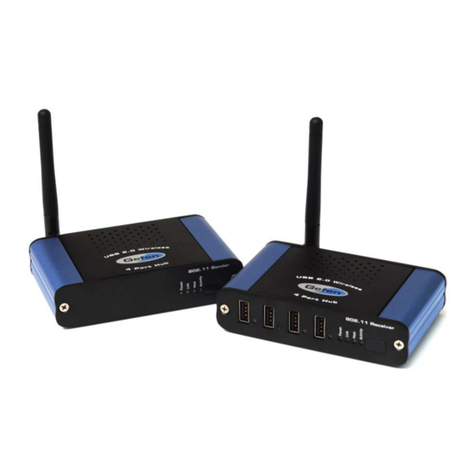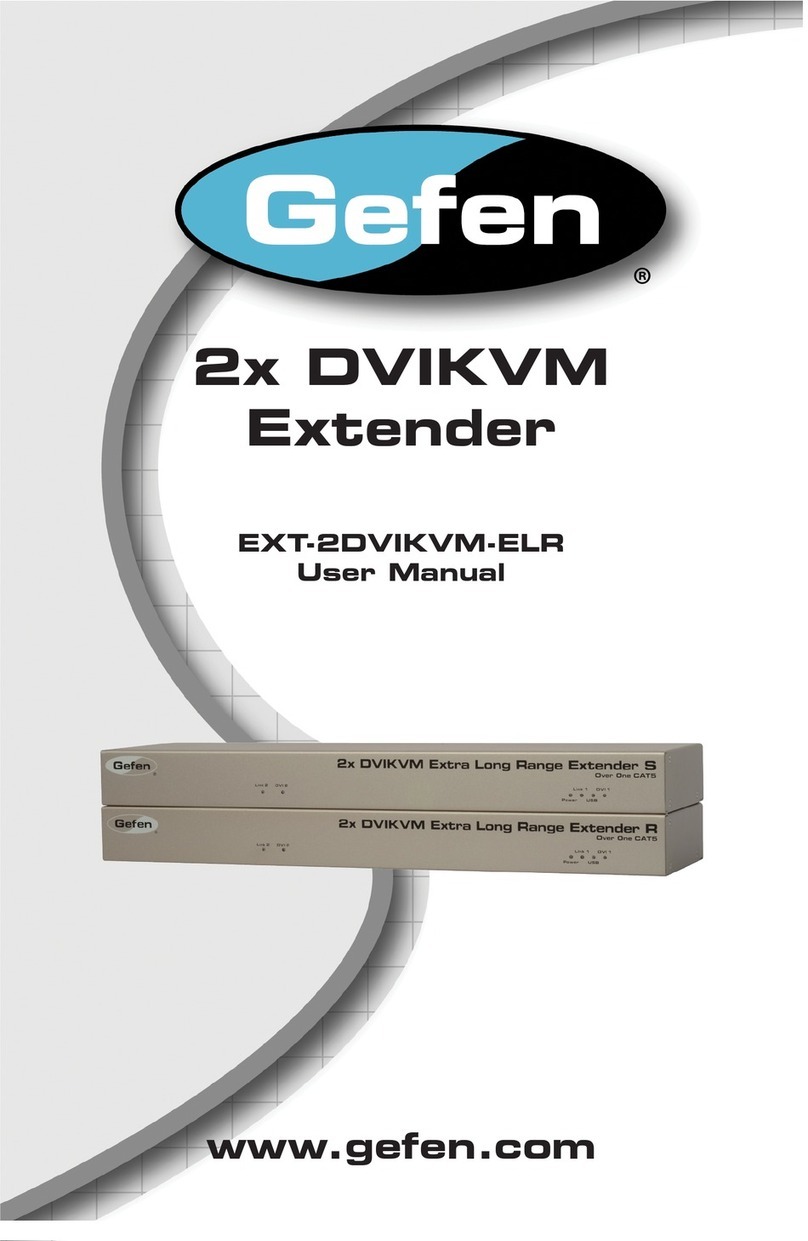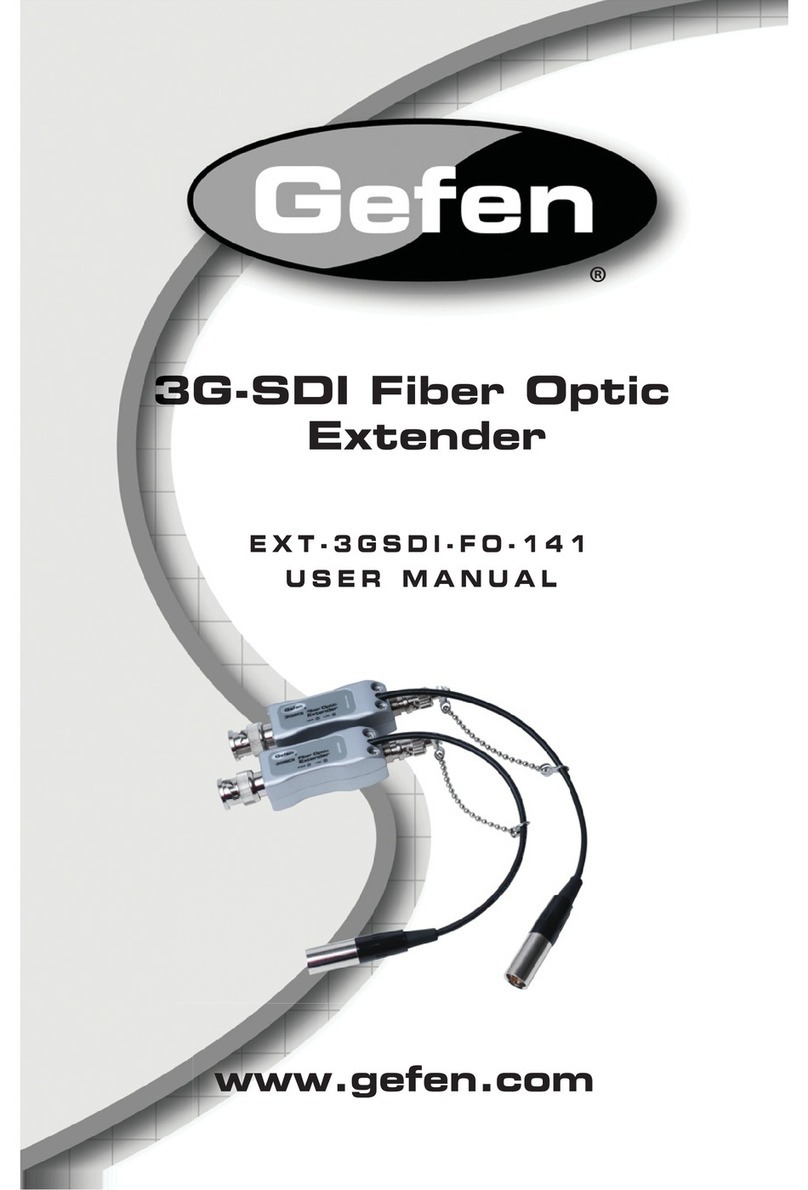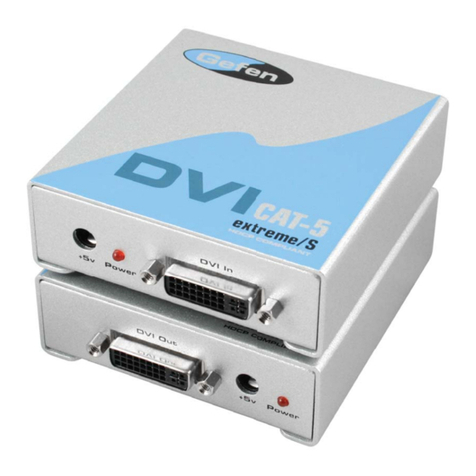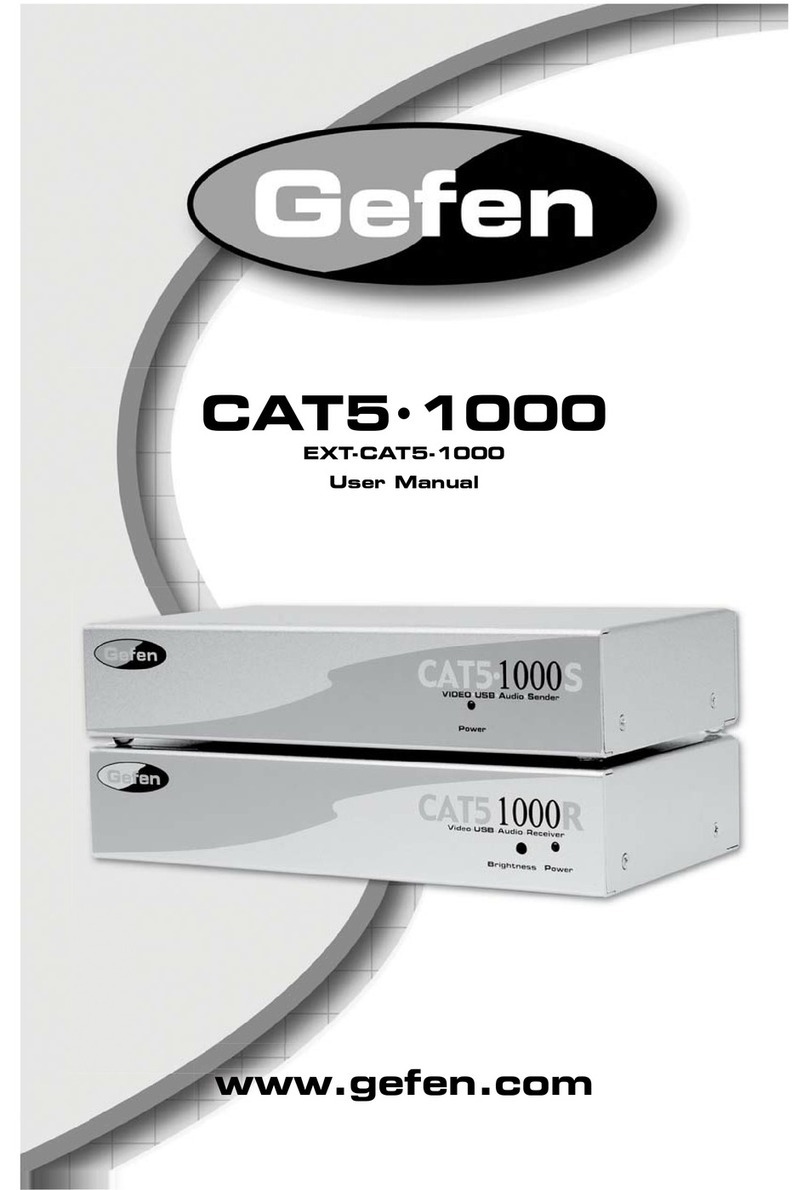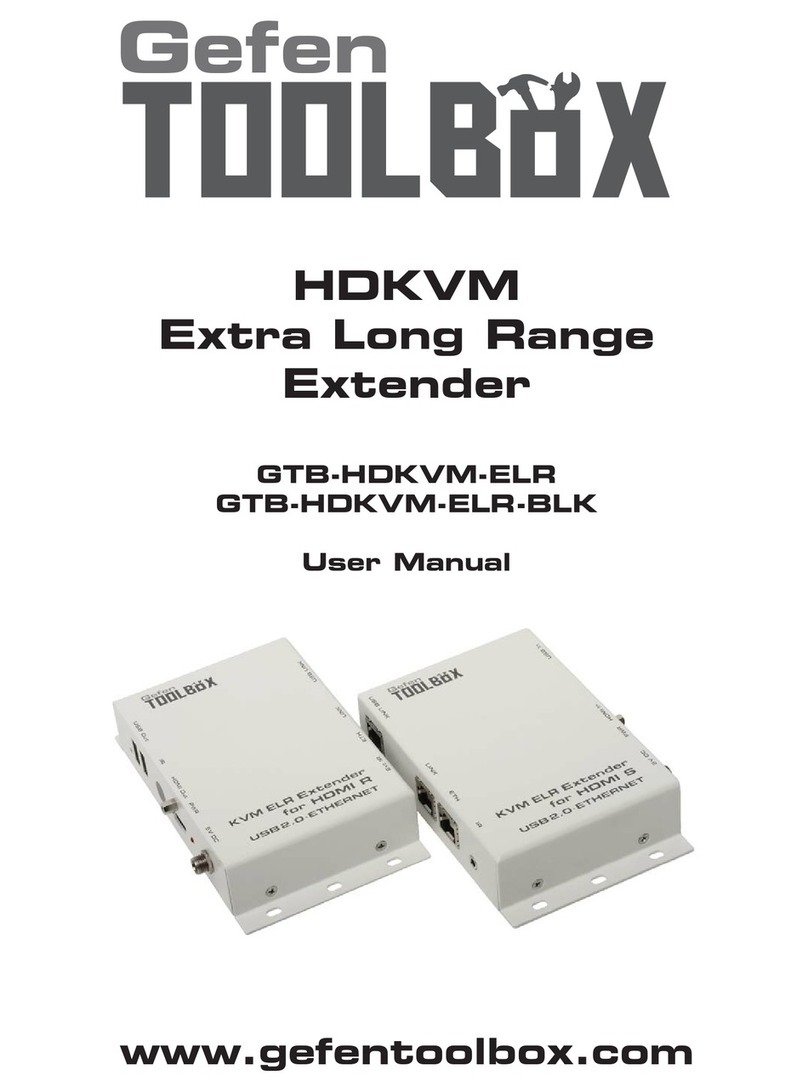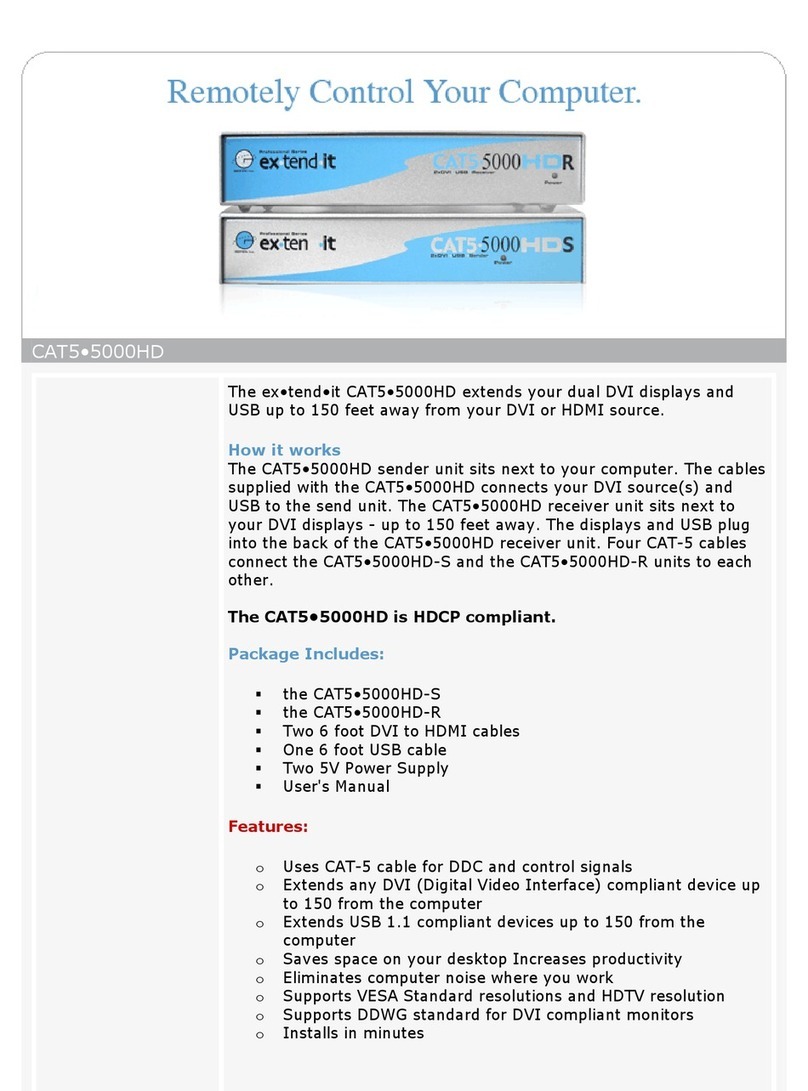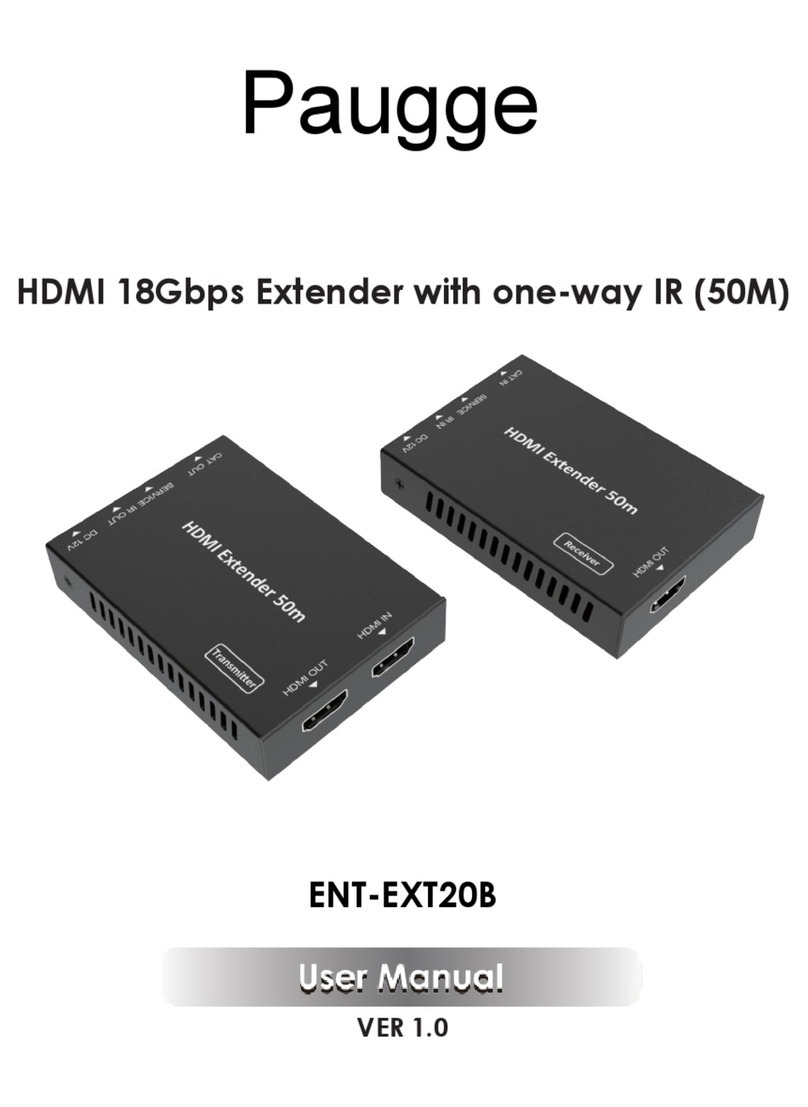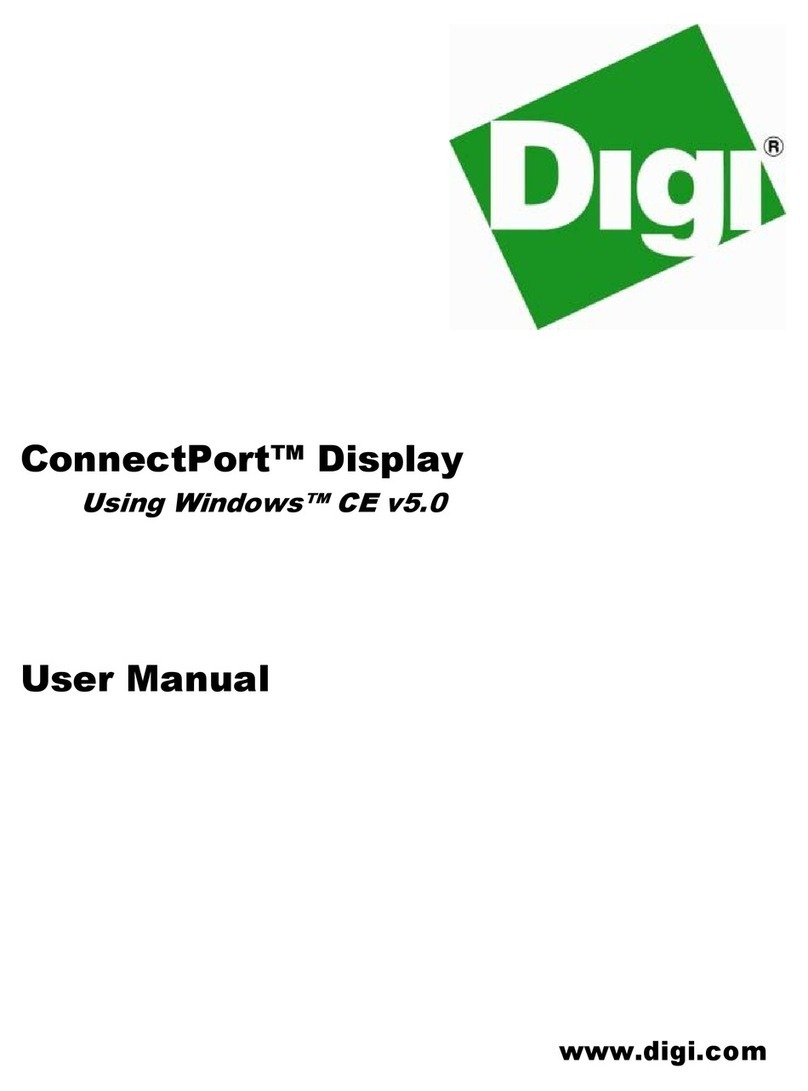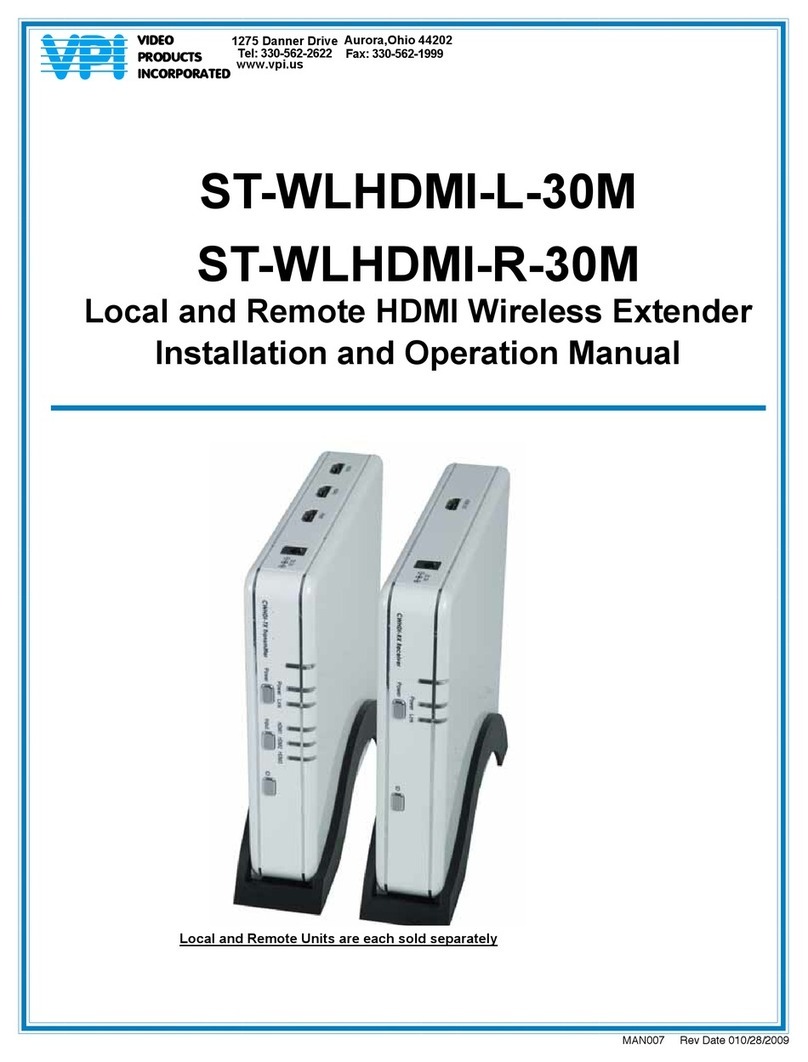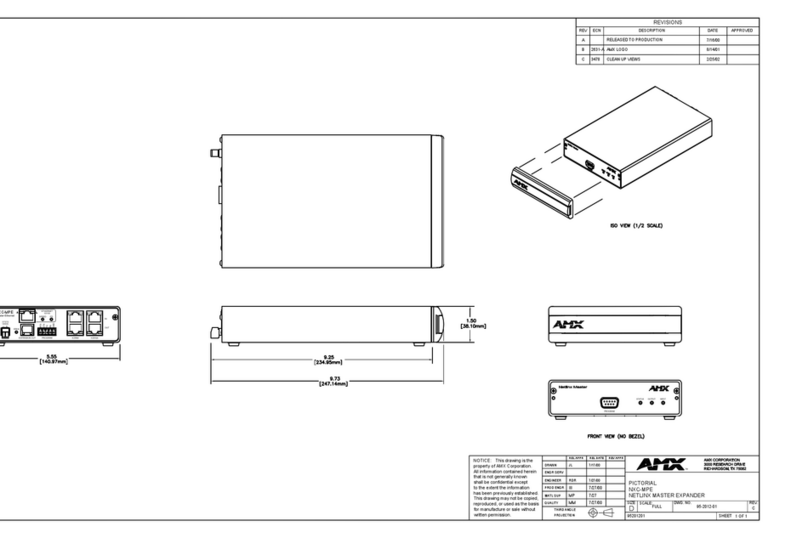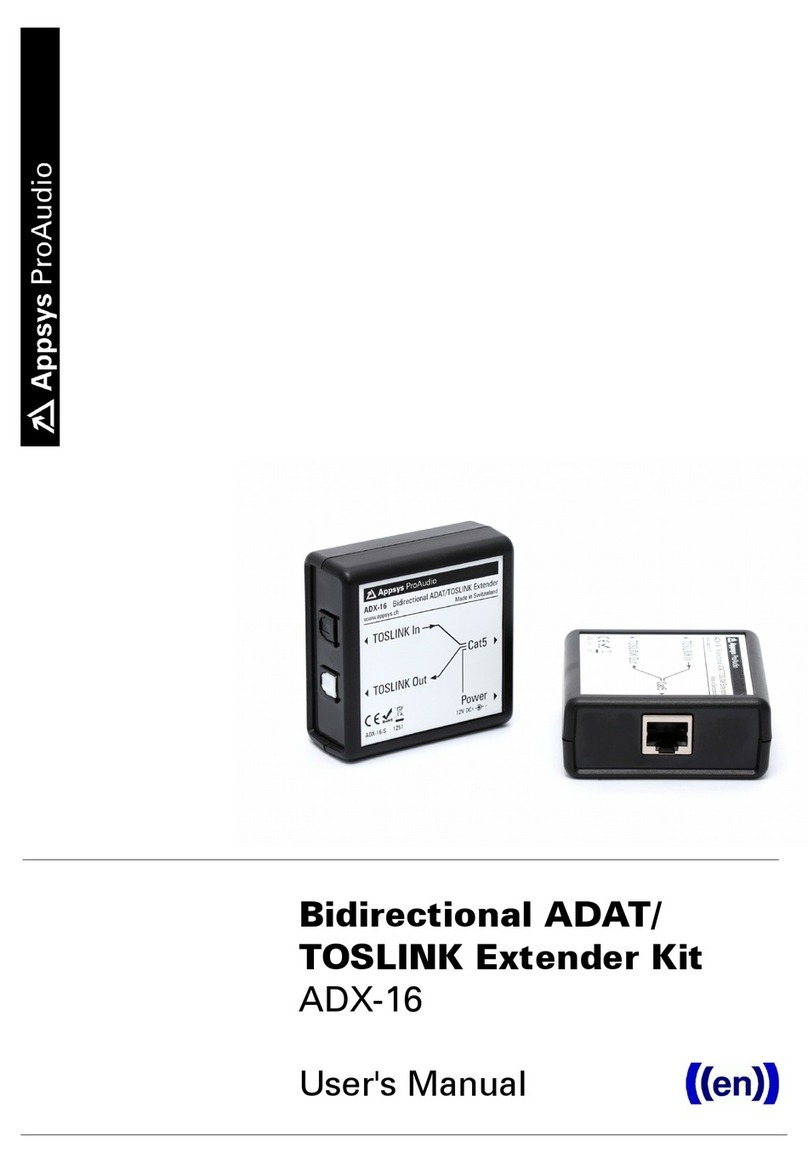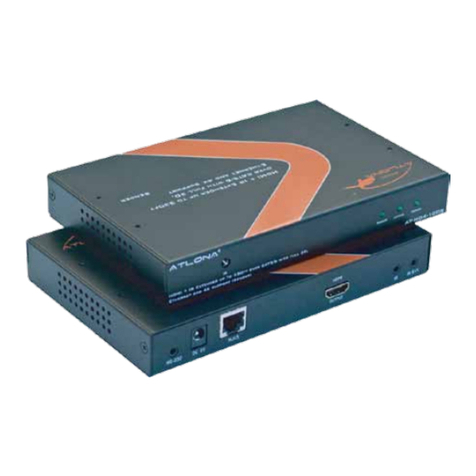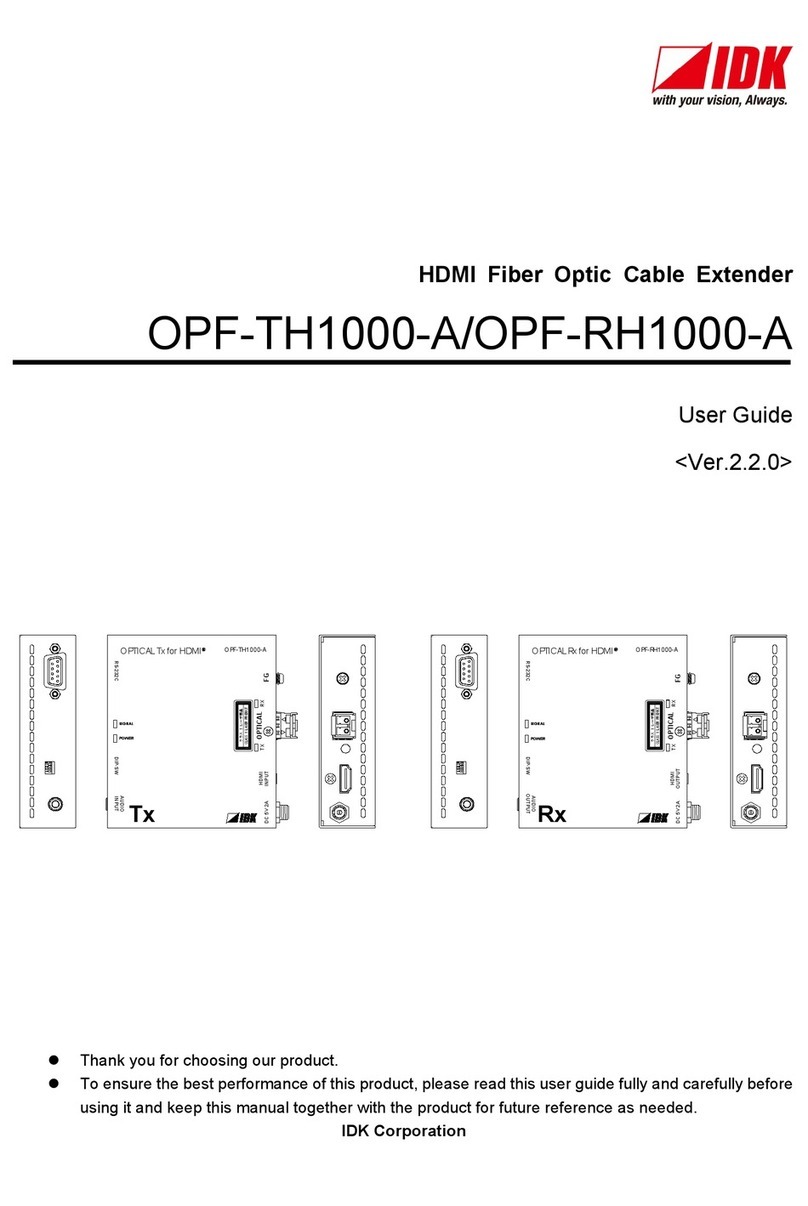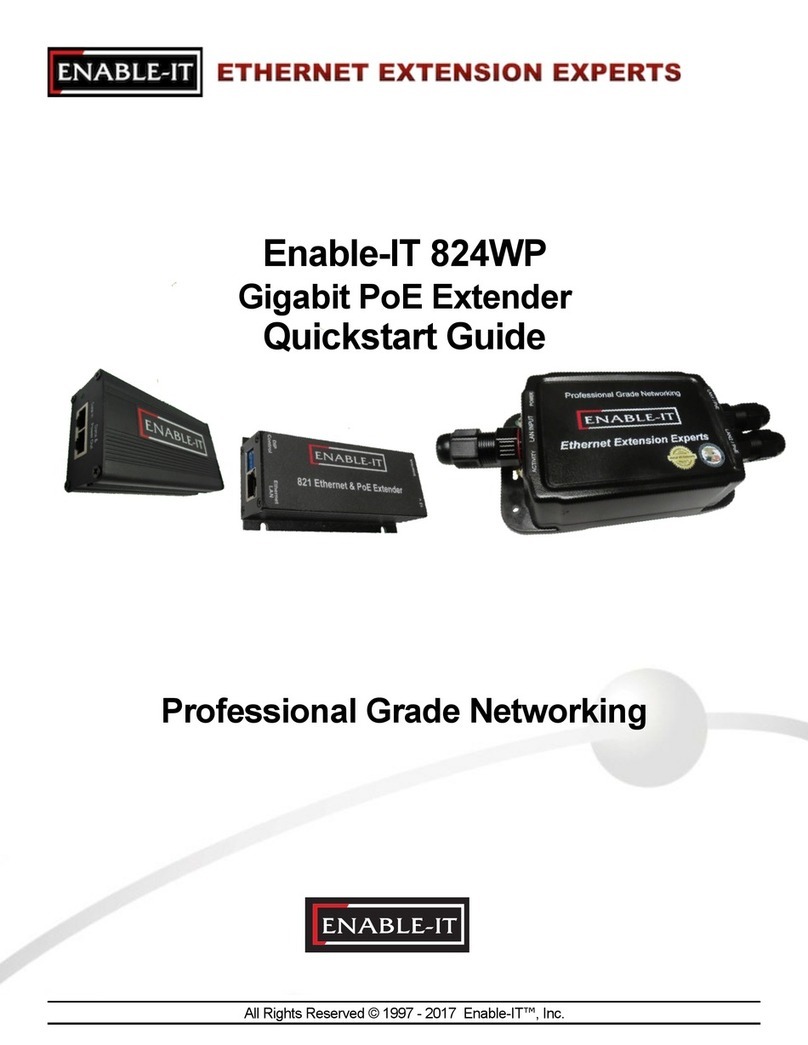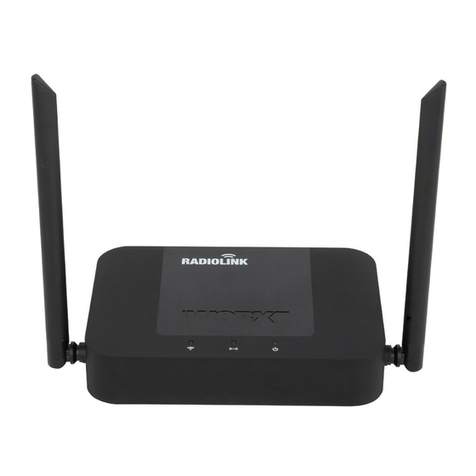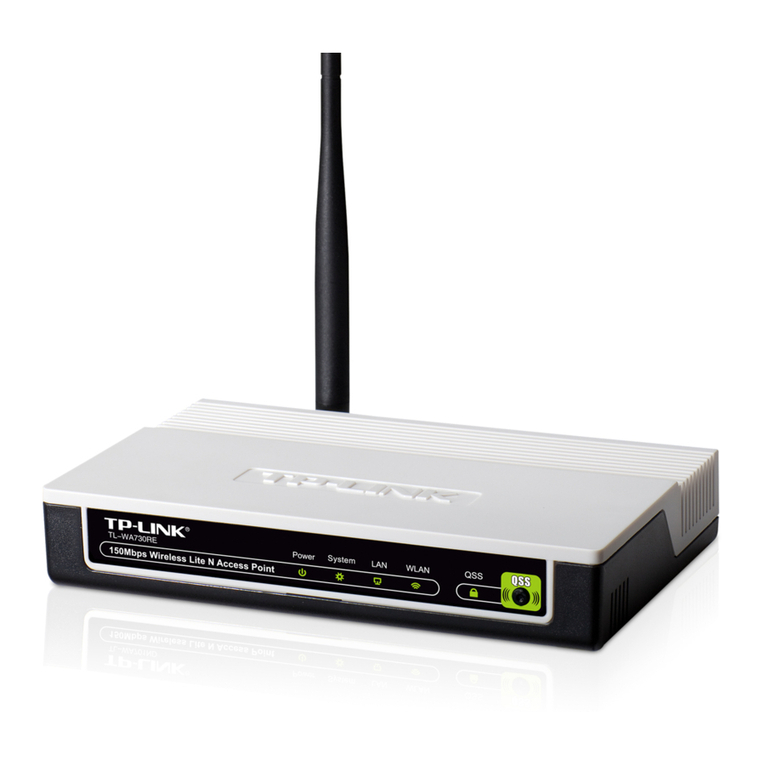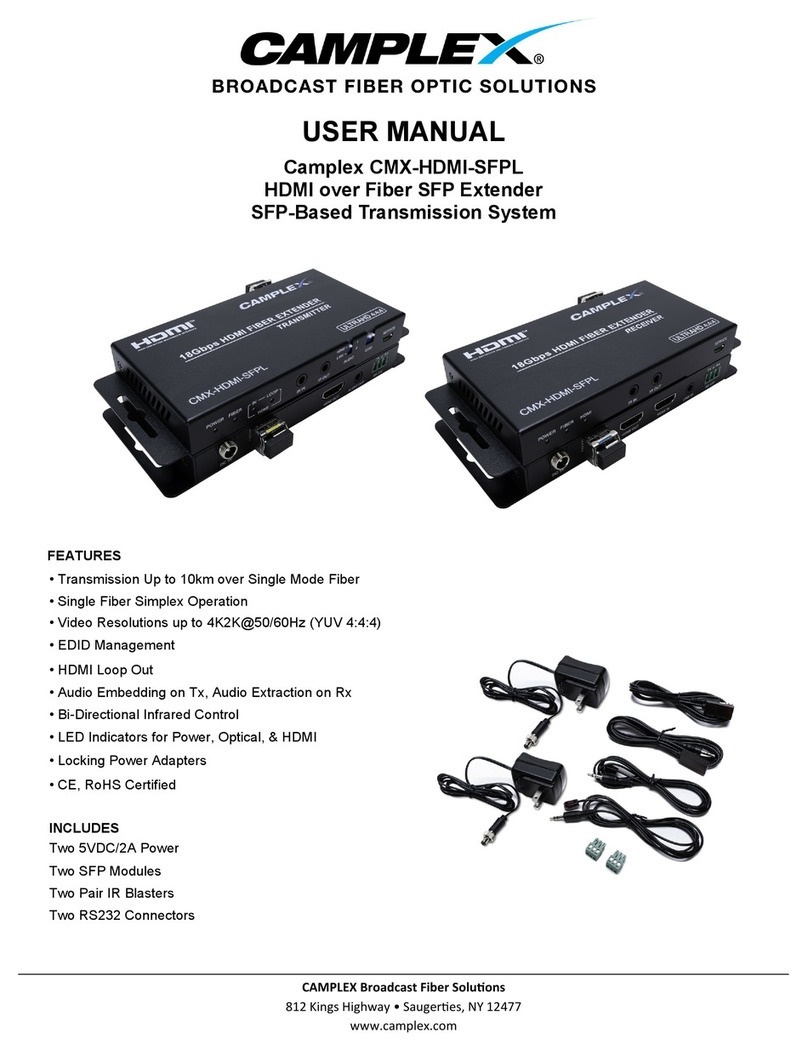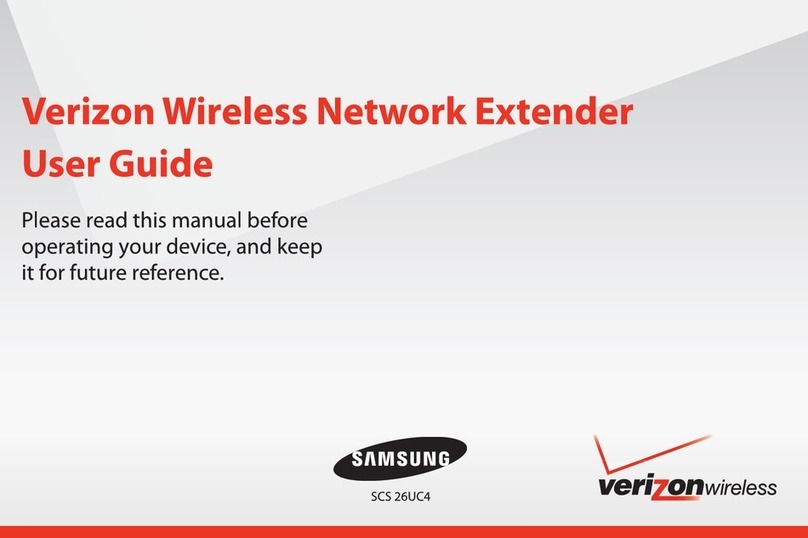1
Congratulations on your purchase of the Extender for HDMI 1.3 over CAT5 with
Ethernet. Your complete satisfaction is very important to us.
Gefen
Gefen delivers innovative, progressive computer and electronics add-on solutions
that harness integration, extension, distribution and conversion technologies.
Gefen’s reliable, plug-and-play products supplement cross-platform computer
systems, professional audio/video environments and HDTV systems of all sizes
with hard-working solutions that are easy to implement and simple to operate.
The Gefen Extender for HDMI 1.3 over CAT5 with Ethernet
The Extender for HDMI 1.3 over CAT5 with Ethernet extends a Hi-Def Display with
multi-channel digital audio and Ethernet at resolutions of up to 1080p60 at up to
330 feet (100 meters) away from a HDMI or DVI-D Source using one CAT-5 cable.
DVI-D is supported when used with an HDMI to DVI Adapter, providing greater
flexibility and options when integrating several home theater components. 3D
content can be displayed when a 3DTV and 3D source are connected.
Extension of Ethernet connectivity enables internet or local area network access
for HDTVs, home PCs, video game consoles, DVRs and any device that needs
fast 10/100Base-T network access, at convenient locations.
The IR back-channel feature lets users control Hi-Def Sources as if they were
located at the Display. IR commands are processed by the IR eye on the receiver,
transmitted back over the CAT5 extension, and then sent to original A/V Source
devices located by the sender unit using the IR Blaster (sold separately).
How It Works
Connect the Gefen Extender for HDMI 1.3 over CAT5 with Ethernet sender
unit to the A/V and Ethernet Source devices such as infrastructure, routers and
switches using short HDMI and CAT5 cables. Do the same operation between
the Extender receiver and the extended HD Display and any network devices that
you are connecting to. When the Extender sender and receiver units have been
connected to Sources, Displays and network equipment, connect a single CAT5
extension cable between sender and receiver. The Extender sender and receiver
units may be up to 330 feet apart.
Note: The Extender for HDMI 1.3 over CAT5 with Ethernet is fully HDMI and
HDCP compliant.
INTRODUCTION
